Robert Frank was a Swiss American photographer and documentary filmmaker. His most notable work, the 1958 book titled The Americans, earned Frank comparisons to a modern-day de Tocqueville for his fresh and nuanced outsider's view of American society. Critic Sean O'Hagan, writing in The Guardian in 2014, said The Americans "changed the nature of photography, what it could say and how it could say it. [ ... ] it remains perhaps the most influential photography book of the 20th century." Frank later expanded into film and video and experimented with manipulating photographs and photomontage.
Robert Adams is an American photographer who has focused on the changing landscape of the American West. His work first came to prominence in the mid-1970s through his book The New West (1974) and his participation in the exhibition New Topographics: Photographs of a Man-Altered Landscape in 1975. He has received two Guggenheim Fellowships, a MacArthur Fellowship, the Deutsche Börse Photography Prize and the Hasselblad Award.

Garry Winogrand was an American street photographer, known for his portrayal of U.S. life and its social issues, in the mid-20th century. Photography curator, historian, and critic John Szarkowski called Winogrand the central photographer of his generation.
Lee Friedlander is an American photographer and artist. In the 1960s and 1970s, Friedlander evolved an influential and often imitated visual language of urban "social landscape," with many of his photographs including fragments of store-front reflections, structures framed by fences, posters and street signs. His work is characterized by its innovative use of framing and reflection, often using the natural environment or architectural elements to frame his subjects. Over the course of his career, Friedlander has been the recipient of numerous awards and his work has been exhibited in major museums and galleries worldwide.
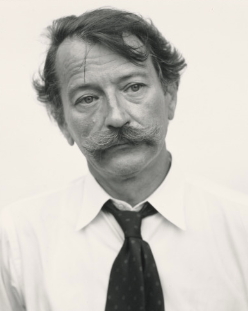
Thaddeus John Szarkowski was an American photographer, curator, historian, and critic. From 1962 to 1991 Szarkowski was the director of photography at New York's Museum of Modern Art (MoMA).
Joel Sternfeld is an American fine-art photographer. He is best known for his large-format color pictures of contemporary American life and identity. His work contributed to the establishment of color photography as a respected artistic medium. Furthering the tradition of roadside photography started by Walker Evans in the 1930s, Sternfeld documents people and places with unexpected excitement, despair, tenderness, and hope. Ever since the 1987 publication of his landmark “American Prospects,” Sternfeld’s work has interwoven the conceptual and political, while being steeped in history, landscape theory and his passion for the passage of the seasons. Sternfeld’s is a beautiful and sad portrait of America - ironic, lyrical, unfinished, seeing without judging.

Henry Wessel was an American photographer and educator. He made "obdurately spare and often wry black-and-white pictures of vernacular scenes in the American West".
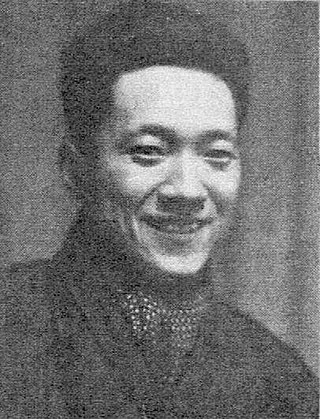
Ikkō Narahara was a Japanese photographer. His work is held in the collection of the Museum of Modern Art in New York.
Shōmei Tōmatsu was a Japanese photographer. He is known primarily for his images that depict the impact of World War II on Japan and the subsequent occupation of U.S. forces. As one of the leading postwar photographers, Tōmatsu is attributed with influencing the younger generations of photographers including those associated with the magazine Provoke.
Miyako Ishiuchi, is a Japanese photographer.
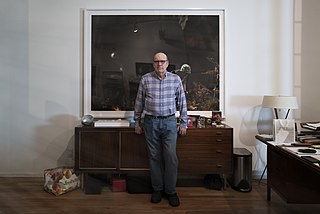
David Lawrence Levinthal is an American photographer who lives and works in New York City. He uses small toys and props with dramatic lighting to construct miniature environments for subject matters varying from war scenes to voyeurism to racial and political references to American pop culture.
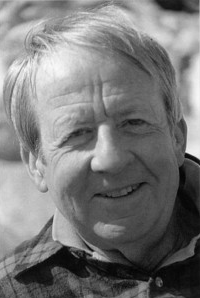
Ray K. Metzker was an American photographer known chiefly for his bold, experimental B&W cityscapes and for his large "composites", assemblages of printed film strips and single frames. His work is held in various major public collections and is the subject of eight monographs. He received awards from the John Simon Guggenheim Memorial Foundation, National Endowment for the Arts and Royal Photographic Society.
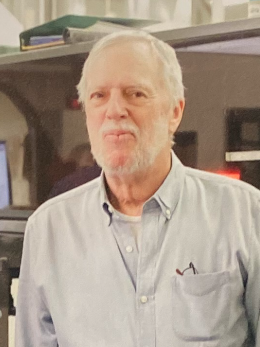
Richard Mead Atwater Benson was an American photographer, printer, and educator who used photographic processing techniques of the past and present.
Mark Cohen is an American photographer best known for his innovative close-up street photography.
New Documents was an influential documentary photography exhibition at Museum of Modern Art, New York, in 1967, curated by John Szarkowski. It presented photographs by Diane Arbus, Lee Friedlander and Garry Winogrand and is said to have "represented a shift in emphasis" and "identified a new direction in photography: pictures that seemed to have a casual, snapshot-like look and subject matter so apparently ordinary that it was hard to categorize".
Sandra S. "Sandy" Phillips is an American writer, and curator working in the field of photography. She is the Curator Emeritus of Photography at the San Francisco Museum of Modern Art. She joined the museum as curator of photography in 1987 and was promoted to senior curator of photography in 1999 in acknowledgement of her considerable contributions to SFMOMA. A photographic historian and former curator at the Vassar College Art Gallery in Poughkeepsie, N.Y., Phillips succeeded Van Deren Coke as head of one of the country’s most active departments of photography. Phillips stepped down from her full time position in 2016.

Garry Winogrand:All Things are Photographable is a 2018 documentary film about the photographer Garry Winogrand. It was directed and produced by Sasha Waters Freyer.

Mark Christopher Steinmetz is an American photographer. He makes black and white photographs "of ordinary people in the ordinary landscapes they inhabit".
Mark Ruwedel is an American landscape photographer and educator.
Peter Johnston Galassi is an American writer, curator, and art historian working in the field of photography. His principal fields are photography and nineteenth-century French art.








